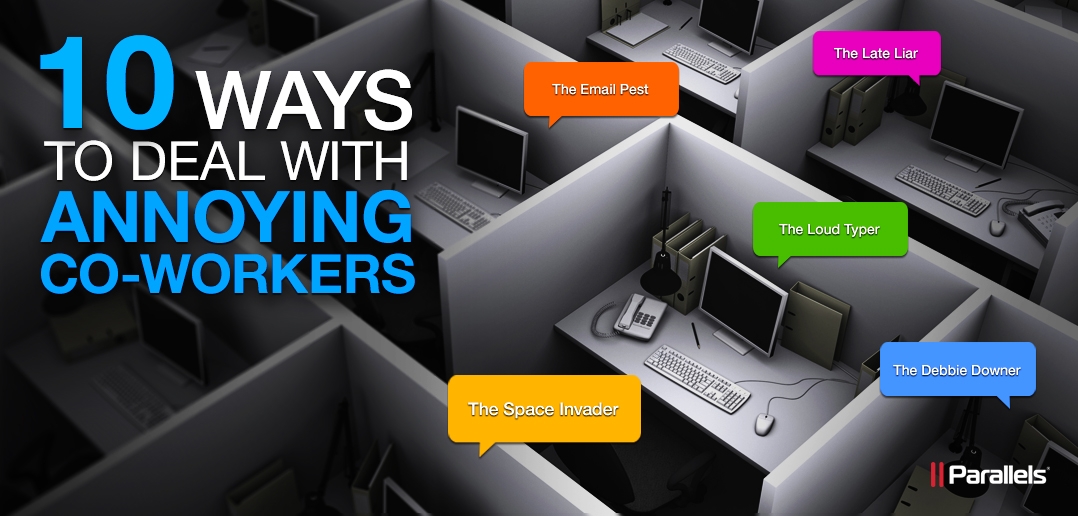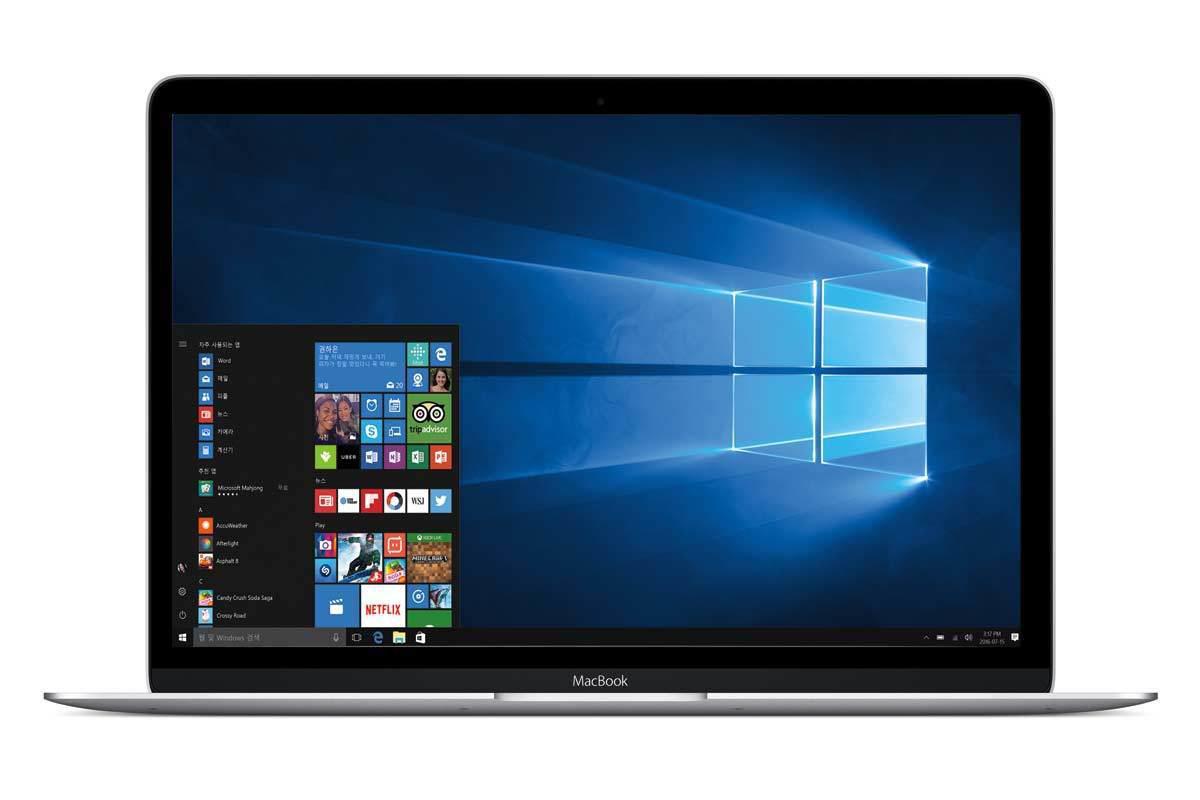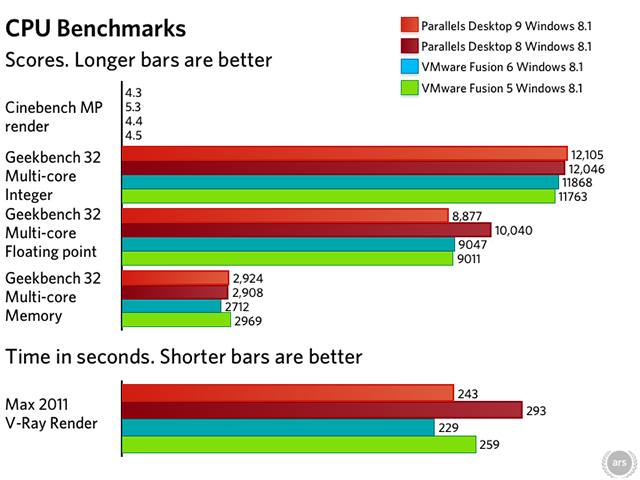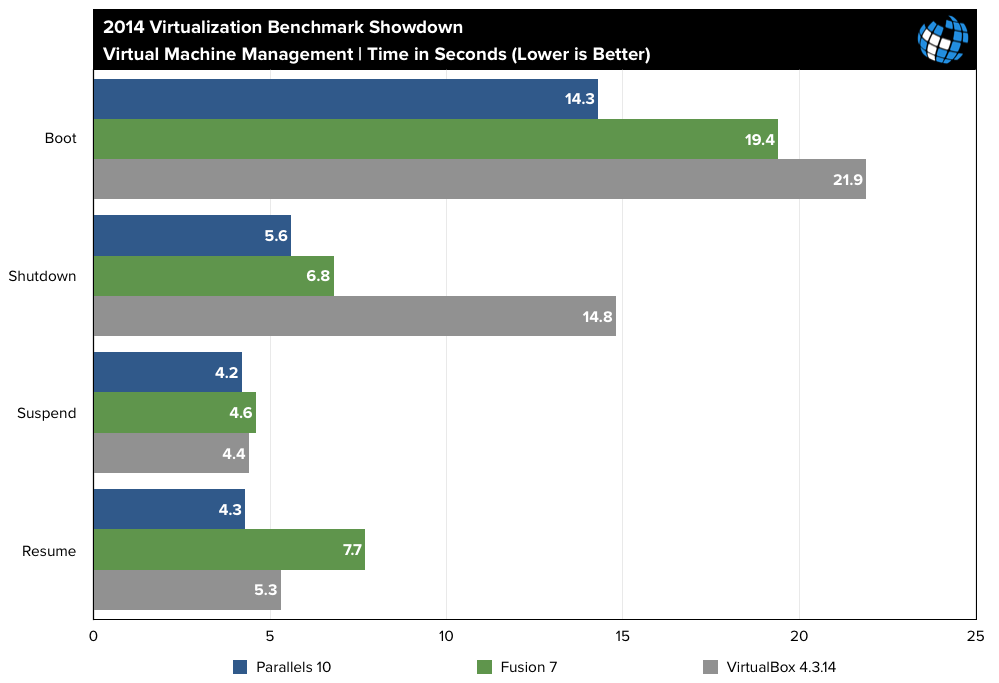Last updated April 3, 2018
The Apple Device Enrollment Program (DEP) is a crucial building block for the modern macOS deployment workflow. When configured correctly, Apple DEP enables a business to purchase new Apple computers that automatically configure themselves, install necessary software, and enroll in an MDM upon unboxing and first boot- without hands-on intervention by DevOps or IT.
VMware; Converting Virtual Machines. Let us assume that you want to convert a VMware virtual machine that runs the CentOS 5 operating system and has the name centos5. As the pctl convert command can work only with virtual machines and disks that are available locally, you first need to copy the virtual machine to the Parallels server. On Linux hosts, VMware Workstation requires that the parallel port 'PC-style hardware' option (CONFIGPARPORTPC) be built and loaded as a kernel module (that is, it must be set to 'm'). VMware Workstation is unable to use parallel port devices if CONFIGPARPORTPC is built directly (compiled) into the kernel.
Before a business goes live with Apple DEP, a validation phase typically takes place. This allows a business to become comfortable with the DEP process as well as confirm that their DEP account and MDM configurations are working as expected.
Testing a DEP workflow can be time consuming. The workflow can only be tested when a device starts up and is initialized for the first time. As a result, using virtualization software such as VMware Fusion, Parallels Desktop, or VirtualBox is often much more practical than reinstalling the OS on a Mac computer after each test. Most, if not all virtualization software supports snapshotting, allowing a user to “roll back” their device state to a designated point in time. This makes it easy to revert a macOS image to a point just before the initial DEP process begins.
Through working with our customers and our own internal development efforts, we’ve put together a guide that we’d like to share with you.
First: Your Mileage May Vary
It is worth stating that using DEP and MDM with virtual machine technology can be rather finicky and exhibit odd behaviors not seen when testing with physical devices. For this reason, we do not recommend using DEP or MDM with virtual machines in any capacity beyond workflow testing. As examples, if a FileVault configuration isn’t working or a device is not enrolling over the MDM user-channel, it may be due to using virtual machine technology.
Additionally, we cannot recommend using VirtualBox at this time. We’ve provided more information on this below.
Creating a Virtual Machine
To get started, you will need to create a virtual machine. Various methods exist for creating an initial macOS virtual machine, some specific to a particular VM technology. Here are a few useful resources that walk through the process:
- Parallels Desktop:Creating a DEP VM using Parallels Desktop (jerbecause.wordpress.com)
- VMware Fusion: How to create a VM that’ll work with DEP on VMware Fusion (rderewianko.com)
- VirtualBox: How to create a macOS High Sierra VM to run on a Mac host system (tobiwashere.de)
A Common Gotcha: Invalid Auto-Generated Serial Numbers
MacOS expects the serial number of the device it is installed on to be alphanumeric. If you plan to link your VM to Apple DEP, you will be setting the serial number of the VM to be equal to the serial number of a real Apple device, so this will not be a problem.
If you are not specifying the serial number of the VM yourself, note that some VM technologies generate a serial number with special characters. For instance, a serial number similar to “fZjdIehS/ds+” can be generated by VMware. If the VM has a serial number that is not alphanumeric, macOS will appear to enroll with an MDM, but will ultimately not complete the process or be able to communicate with the MDM to receive configuration or further commands.
Linking to Apple DEP
Upon first boot, macOS presents the user with the Setup Assistant. Once an internet connection has been established, macOS contacts Apple to determine if the device is configured for DEP. When the device contacts Apple, it provides its device serial number as a form of identification. Apple, in turn, provides the device with a DEP configuration if available. This DEP configuration is fairly minimal; it specifies basic configurations like whether the device is to be placed in supervised mode and if it should enroll in an MDM.
Since the serial number acts as the device identifier for DEP, the virtual machine you create will need to be configured to use a serial number that exists in your DEP account. We suggest using a serial number for a computer that is no longer in use, or at the very least, has a low likelihood of being wiped at any point, since using the serial number in a test DEP workflow would invariably cause the device to also enter the workflow.

Below are configurations for each virtual machine technology. Replace [SERIAL] with the serial number of the device. “mac_hw_model”, at this time, does not need to be accurate for the provided serial number.
Be sure to use straight double quotes and not curly quotes.
Parallels Desktop
Shut down the VM. Within Parallels Desktop, visit the configuration screen for the VM image, select the “Hardware” tab, and navigate to the “Boot Order” option. Expand the “Advanced Settings” disclosure and enter the following in the text box:
VMware Fusion
Shut down the VM. Locate the VM file on your computer. These, by default, appear in “~/Documents/Virtual Machines/”. Right click the file and select “Show Package Contents”. Within the resulting window, locate a file with a “vmx” extension and open it with a text editor. Add the following lines:
VirtualBox
Note: VirtualBox’s network virtualization appears to work quite differently than Parallels and VMware and causes macOS to have issues contacting DEP during the Setup Assistant. As a result, we have found VirtualBox to be quite troublesome to work with when testing DEP and advise against it.

If you wish to try anyway, the following VBoxManage command line interface command can be used to set the serial number of the VM. Note that “[VM NAME]” must match the name of the virtual machine that you are modifying:
Snapshotting Before Setup Assistant
A DEP configuration effectively acts as a bootstrap. It provides a device with enough configuration to complete the Setup Assistant and enroll it with an MDM. That is the extent of its responsibility. As a result, Setup Assistant contacts Apple DEP exactly once during the initialization process. If you change your DEP configuration at any latter, the device will not receive the updated configuration.
It’s important to snapshot the virtual machine image before Setup Assistant has a chance to contact DEP. Because most VMs have access to internet at boot and do not have to wait for WiFi credentials, the outreach to DEP can occur very early on in the Setup Assistant process, before progressing past the first screen.
We recommend taking a VM snapshot before the Setup Assistant becomes visible. This can take a bit of practice; it is easiest to take a few snapshots while the VM is still installing macOS so that you can revert to a previous point and have a second chance to take a “closer” snapshot if needed. Additionally, we have found that reverting to this snapshot is sometimes not enough. With Parallels in particular, we revert the snapshot and then immediately “reset” the VM. Without a reset, we sometimes see old cached DEP data or a company name of “(null)” during the Setup Assistant screens.
Wrapping It Up
Was this article helpful? Missing something? Help future readers by providing any helpful tips in the comments below.
Virtualization allows a single piece of computer hardware to be shared among several virtual machines (VMs). Aside from lowering equipment costs and generating extensive cost savings, virtualization eases resource and IT management, improves business continuity with minimal downtime, and allows faster hardware and software provisioning. A hypervisor that runs on top of the hardware and allows direct access to its components brings virtualization’s capabilities to the fore. Hyper-V and VMware are two of the leading hypervisors in the market.
What Is Hyper-V?

Microsoft Hyper-V is a native hypervisor that has been an optional component in Windows Server products since Windows Server 2008. Hyper-V is also found in the x64-bit Pro and Enterprise editions of Windows 8, Windows 8.1 and Windows 10. There is also a standalone Hyper-V Server with a limited function set that Microsoft makes available for free.
Hyper-V is a type-1, or bare-metal, hypervisor since it runs directly on the computer hardware and beneath the host and guest VMs. Hyper-V’s capabilities and the fact that it is designed and supported by Microsoft allows its use as a virtualization platform for any organization looking to expand its IT infrastructure.
In a Hyper-V infrastructure, the host OS where Hyper-V is installed becomes a parent VM, and guest VMs installed with other operating systems are treated as child VMs. Although the parent VM and guest VMs essentially share the same resources on the server machine, the parent VM takes care of allocating the resources needed by the guest VMs. It uses a VMBus that runs from the parent VM’s Virtualization Service Provider to the guest VMs’ Virtualization Service Client. All this work is performed behind the scenes and without any management needed on both the side of the parent and guest VMs.
Hyper-V utilizes a microkernelized hypervisor architecture where services and device drivers operate independently from the hardware layer. This design means that Hyper-V has less overhead for maintaining and managing devices and services that are not dependent on the hypervisor. This makes Hyper-V fast and scalable, as it not only directly accesses the hardware but also does not need to load drivers and services during initialization.
Hyper-V saves guest VMs to a virtual hard disk file and uses a high-level communication protocol called Enlightened I/O to access the physical hardware’s processing, storage, networking and graphics components, among others. Enlightened I/O bypasses any device emulation layer and allows direct access to VMBus. Aside from Windows operating systems, Linux devices with kernels based on versions 3.4 and above, as well as FreeBSD, also support Enlightened I/O, allowing them to run faster on Hyper-V. Operating systems that do not support Enlightened I/O run on a slower emulation layer.
Other notable Hyper-V features include:
● Disaster recovery and backup—Hyper-V can make backup copies of VMs and store them in other locations for later retrieval in case of disaster. It also offers two backup methods, one using saved states and the other using Volume Shadow Copy Service or Volume Snapshot Service (VSS), as it is also known.
● Portability —moving a VM somewhere else is easier since Hyper-V supports live migration, storage migration, and import/export.
● Remote connectivity —Hyper-V has a remote connection tool that supports both Windows and Linux. Known as Virtual Machine Connection, this tool features console access that allows you to see the events in the guest VM even when it is in an unbooted state.
● Security —Hyper-V features Secure Boot, helping protect virtual machines and their data from malware and other forms of unauthorized access.
What Is VMware vSphere?
VMware vSphere is a virtualization platform that is unlike Hyper-V since it comprises a suite of virtualization products. It includes the VMware ESXi hypervisor, a type-1 (bare-metal) hypervisor that approximates Hyper-V’s capabilities. With its latest iteration, vSphere 7, the platform can now handle Kubernetes workloads out of the box, making it ideal for use in development environments.
In terms of the hypervisor component of vSphere 7, VMware ESXi is able to access the physical hardware’s computing resources directly and share them among the VMs in the system. ESXi VMs run on a high-performance cluster file system known as Virtual Machine File System.
Previous iterations of the hypervisor utilize a Linux kernel, but that has been dropped. The latest ESXi version now runs on a microkernel, known as the VMkernel, which uses the Linux emulation layer to host the hardware and guest VMs, and connects directly to processors and RAM.
For the other hardware components, including networking and storage, ESXi uses modules, which are linked via another module, VMKlinux, which itself is derived from the Linux module interface. Some of the other modules are also derived from different Linux kernel modules.

Vmware Fusion To Parallels
Other VMware vSphere components and features include:
● vCenter Server —a management tool for ESXi that also acts as the controller for datacenter services.
● VMware vSphere Client—an HTML5 browser-based interface for connecting remotely to vCenter.
● VMware vSphere Distributed Switch—a virtual switch for connecting to multiple hosts.
● VMware Virtual SMP —allows virtual machines to use more than one physical processor simultaneously.
● vMotion—allows live migration of virtual machines even while they are running.
● Storage vMotion—allows migration of virtual disks or configuration files.
● vSphere High Availability—allows using other available servers to restart failed VMs.
● VMware vSphere Software Development Kit—provides users with application programming interfaces (APIs) that allow access to some vSphere components.
Convert Vmware To Parallels
● Fault Tolerance—ensures continuous availability by creating copies of selected workloads on different servers.
How Do VMware and Hyper-V Compare?
VMWare and Hyper-V have their own strengths and weaknesses. When choosing between the two, it boils down to which of the two meet your own requirements.
Both VMware and Hyper-V have their own management tools, each equally up to the task. In this aspect, the choice becomes a personal preference.
In terms of storage deployment, VMware’s Virtual Machine File System (VMFS) holds a slight edge over Hyper-V’s ReFS, or Resilient File System, particularly when it comes to clustering. While both have almost similar clustering capabilities, Hyper-V’s Cluster Shared Volume is more complex and difficult to use than the VMware equivalent.
Both platforms also boast snapshot technology, which allows point-in-time copies of VMs and their data to prevent data loss. However, Hyper-V’s snapshots edge out VMware’s, as it can run snapshots in production and its persistent checkpoints can be exported to other locations. Moreover, Hyper-V also allows 64 snapshots per VM, compared to just 32 allowed by VMware.
VMware and Hyper-V also implement memory management techniques to ensure that RAM use in VMs is optimized. While VMware implements a variety of techniques such as memory compression, transparent page sharing, and oversubscription/overcommit, Hyper-V sticks with just one—Dynamic Memory. This reliance on a single memory management technique works out in Hyper-V’s favor—it’s simpler but better than the complex memory management in VMware.
VMware supports more operating systems, including Windows, Linux, Unix and macOS. On the other hand, Hyper-V support is limited to Windows plus a few more, including Linux and FreeBSD. If you require broader support, especially for older operating systems, VMware is a good choice. If you operate mostly Windows VMs, Hyper-V is a suitable alternative.
When it comes to scalability, there is no clear winner, with some features in favor of VMware and Hyper-V prevailing in others. For example, while VMware can use more logical CPUs and virtual CPUs per host, Hyper-V can accommodate more physical memory per host and VM. Plus it can handle more virtual CPUs per VM.
For security, while VMware implements data encryption at rest and in motion, and even during workload migration, Hyper-V security is managed via Active Directory. The latter also has other security components that are far more extensive than VMware’s.
Finally, pricing for the two platforms varies widely, depending on edition. Prices also cannot be compared with ease since they are computed differently. VMware charges per processor, but Hyper-V’s pricing is based on the number of cores on the host. For larger enterprises, VMware’s pricing structure seems ideal; smaller organizations, on the other hand, might find Hyper-V more to their liking.
Parallels RAS Supports Hosts Created with VMware and Hyper-V
Parallels® Remote Application Server (RAS) supports VMware vSphere and Hyper-V, as well as various other type 1 and type 2 hypervisors, including Microsoft Hyper-V, VMware ESXi, Scale Computing HC3, and Nutanix Acropolis.
Setup and configuration of VMware vSphere and Hyper-V hosts in Parallels RAS is straightforward. VMware requires more steps, which is not surprising given that you must also set up VMware vCenter and the ESXi Host. Hyper-V setup is simpler since you only need to set up the Hyper-V host.
After the host configuration and setup, you must set up only an agent on the guest VMs to manage guests and publish their resources. Guest pools and templates are also easy to set up, and managing and updating templates is performed over a single pane of glass.
Regardless of the platform you choose, Parallels RAS allows quick creation of an affordable virtual desktop infrastructure (VDI) with improved security and centralized desktop management capabilities.
Download the Parallels RAS trial, and set up your VDI using the platform of your choice.

References
